What were the 7 Wonders of the World?
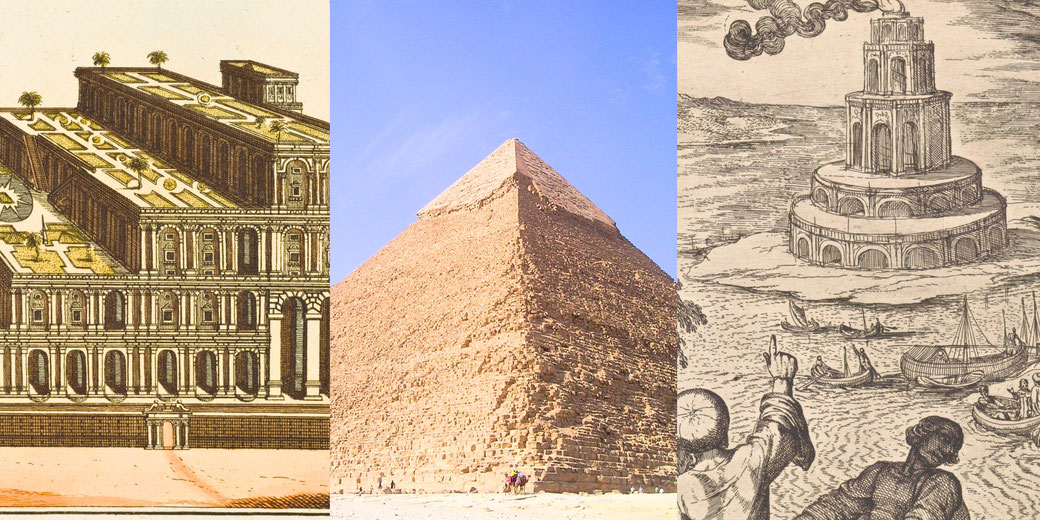
Almost everyone has heard of the '7 Wonders of the World' and few achievements in history have captured the collective imagination as profoundly as these marvels.
These monumental structures, erected by the hands of our ancestors, stand as testament to the ingenuity, ambition, and artistic prowess of ancient civilizations.
From the Hanging Gardens of Babylon, a verdant oasis amidst the desert, to the towering majesty of the Great Pyramid of Giza, each wonder embodies the spirit of an era and the aspirations of a people.
Who decided what was on the list?
The list of the Seven Wonders of the Ancient World that we are familiar with today was largely based on the writings of ancient Greek historians.
The concept of a list of 'wonders' began with Herodotus (484 BC – c. 425 BC) and Callimachus of Cyrene (c. 305–240 BC), who both wrote about the most spectacular sights of their time.
However, their lists did not exactly match the seven we know today.
The list as we know it was compiled much later, during the Hellenistic period, when Greek influence was spread across the Mediterranean and into Asia and Africa due to the conquests of Alexander the Great.
The 'Seven Wonders' were all located in the Mediterranean rim. The list was meant to represent the known world for the Greeks and the most impressive man-made structures they knew of.
The final canonical list of the Seven Wonders was compiled by Antipater of Sidon, a Greek poet in the 2nd century BC.
In his poems, he referred to the structures as "themata" (Greek: θέματα), which translates to 'things to be seen' or 'must-sees'.
1. The Great Pyramid of Giza
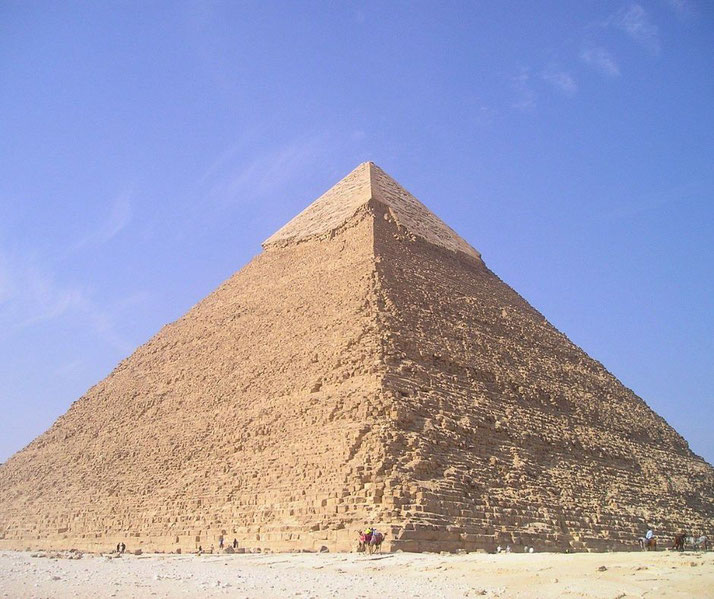
The oldest and most intact of the Seven Wonders, the Great Pyramid of Giza was built as a tomb for the Egyptian Pharaoh Khufu around 2580-2560 BC.
Located on the Giza Plateau near Cairo, it was the tallest man-made structure in the world for over 3,800 years.
The pyramid's construction remains a feat of engineering mystery, with its precise alignment and use of massive stones.
2. The Hanging Gardens of Babylon
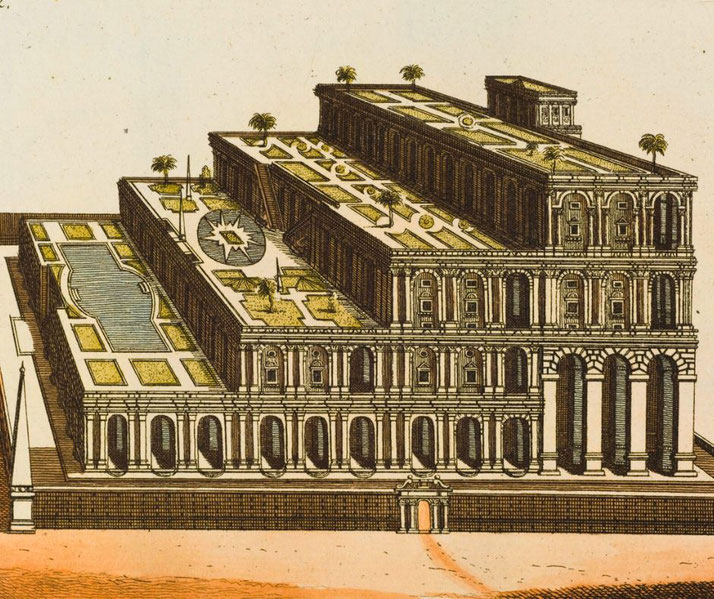
These legendary gardens are said to have been built by King Nebuchadnezzar II around 600 BC as a gift to his wife, who missed the lush greenery of her homeland.
The gardens were described as a remarkable feat of engineering, with an advanced irrigation system that kept the plants watered in the arid climate of Mesopotamia.
However, their actual existence remains a matter of historical debate, as no archaeological evidence has been found.
3. The Statue of Zeus at Olympia
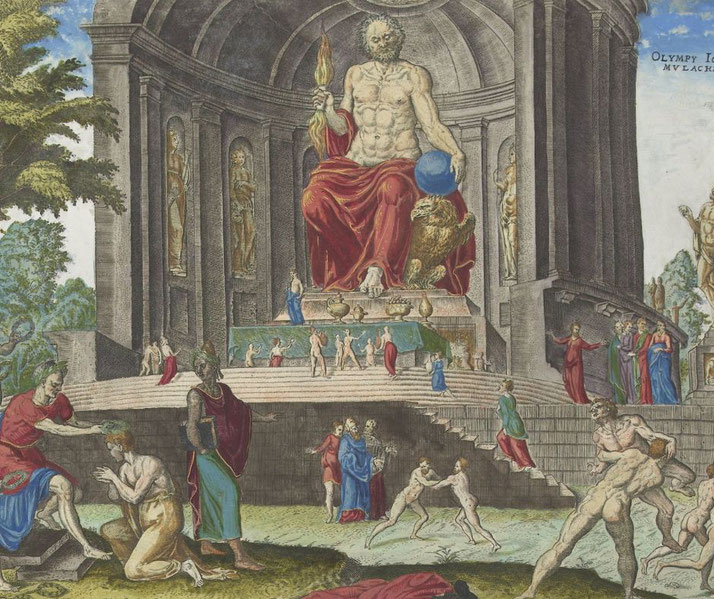
Crafted by the renowned Greek sculptor Phidias around 435 BC, this enormous statue of the king of the Greek gods was housed in the Temple of Zeus at Olympia.
Made of ivory plates and gold panels over a wooden framework, the statue was considered the epitome of classical Greek art.
4. The Temple of Artemis at Ephesus
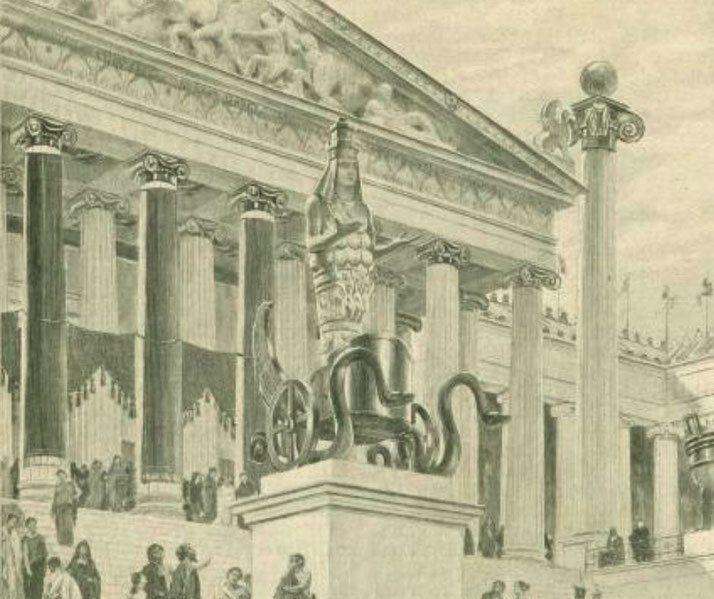
This grand temple was dedicated to the Greek goddess Artemis and was rebuilt three times before its final destruction in 401 AD.
The final version, completed around 550 BC, was described as a marvel of marble construction, with a façade adorned by sculptural reliefs and over 100 columns standing 60 feet tall.
5. The Mausoleum at Halicarnassus
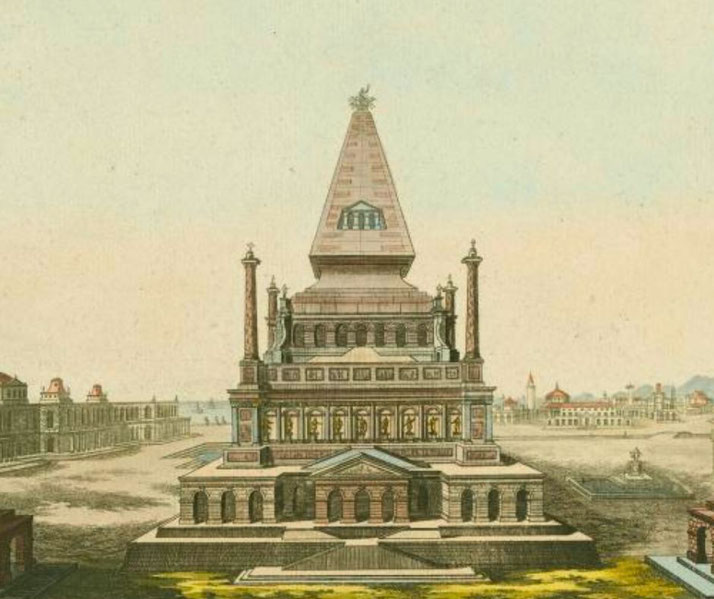
Built around 350 BC as a tomb for Mausolus, a Persian satrap, and his wife Artemisia, this structure was so impressive that it gave us the term 'mausoleum'.
The tomb was adorned with sculptural reliefs by four Greek artists and stood approximately 45 meters in height.
6. The Colossus of Rhodes
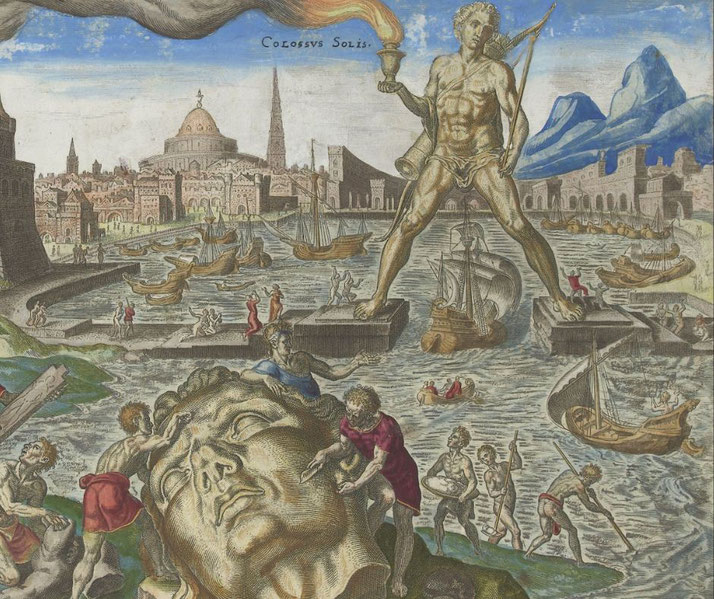
This giant statue of the Greek sun god Helios was erected on the Greek island of Rhodes around 280 BC.
Standing approximately 33 meters high, it was one of the tallest statues of the ancient world.
However, it stood for only 56 years before it was destroyed by an earthquake.
7. The Lighthouse of Alexandria
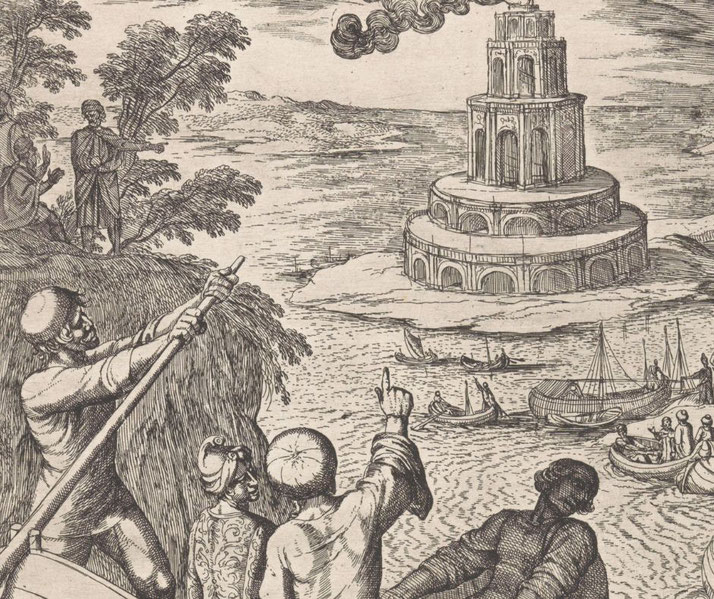
Also known as the Pharos of Alexandria, this lighthouse was built on the island of Pharos in Alexandria, Egypt, around 280 BC.
It was one of the tallest man-made structures for many centuries and served as a landmark for sailors navigating the treacherous waters of the Mediterranean.
What do you need help with?
Download ready-to-use digital learning resources
Copyright © History Skills 2014-2025.
Contact via email
With the exception of links to external sites, some historical sources and extracts from specific publications, all content on this website is copyrighted by History Skills. This content may not be copied, republished or redistributed without written permission from the website creator. Please use the Contact page to obtain relevant permission.





